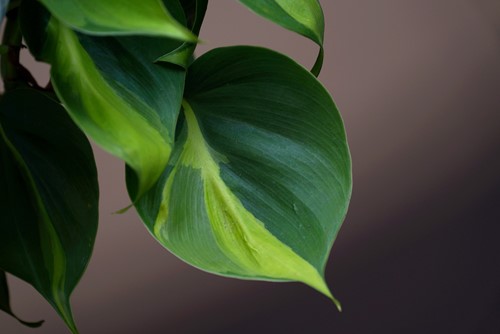
Growing plants in water is a fun and convenient way of bringing nature indoors. Many popular houseplants and herbs can sprout and live in water with the right nutrients. Heartleaf philodendrons are especially successful growing this way. Here is a basic guide for growing a philodendron in water:
Now you'll have a collection of brand-new baby philodendrons. You can transfer them to soil once the roots are at least an inch long or simply keep them in the water. As long as they get enough light and an occasional dose of diluted fertilizer, your philodendron will produce more vines and leaves just as it would when planted.

As a military spouse for over 17 years, I understand the challenges of moving and relocating. I have lived in Eastern North Carolina for over three years and am familiar with the area. As a homeowner and business owner, I understand the importance of making one of the largest asset investments you will make. My goal is to build a long-lasting relationship with you throughout the home buying or selling process and I am 100% committed to providing you with the highest level of personal service. Whether you are buying, selling, investing, or just curious about the local market, I would love to offer my support and services.